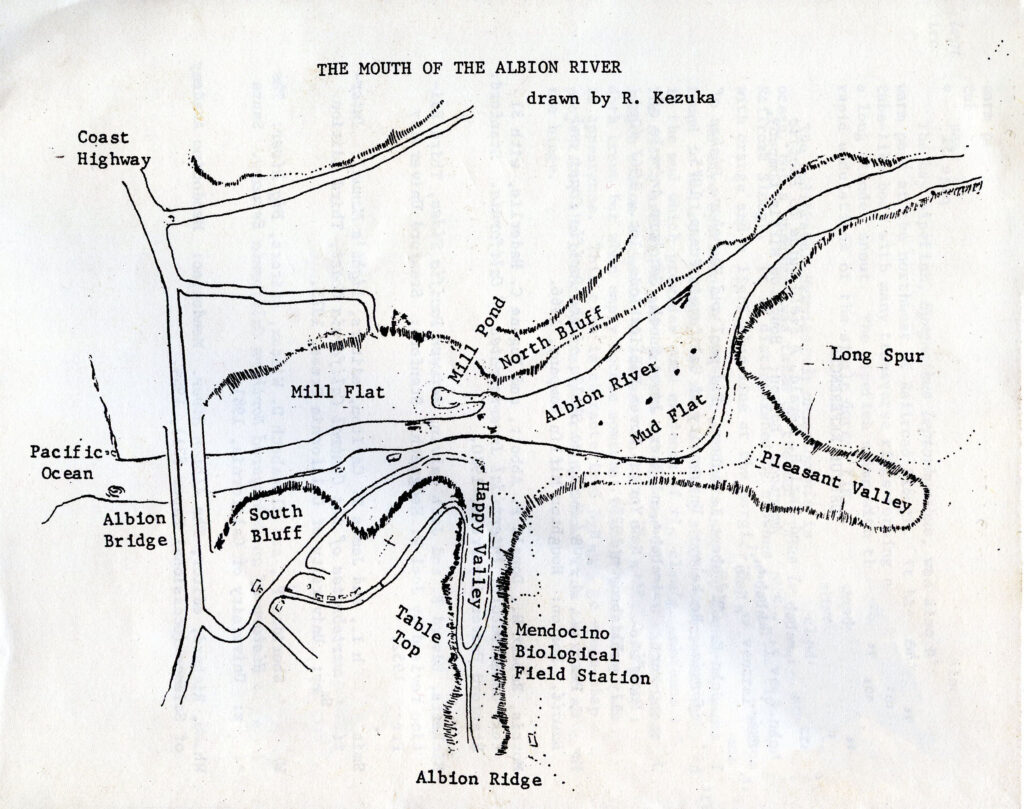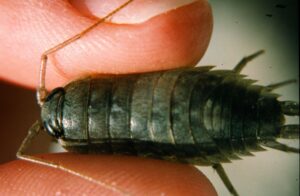Ever hear of the Mendocino Medicine and Gazetteer? It was created by Dr. Richard White, who practiced medicine on the coast 45 years ago. A man of many interests, White started it in 1976 as a journal of rural medicine, and it grew to encompass a world of topics.

White’s intent was a publication that would serve as a means of communication between Mendocino Coast District Hospital, Sherwood Oaks Health Center, and local specialized health agencies to exchange philosophies about health care practices. His subscribers contributed articles and he made it a chronicle of rural medicine. In 1980 White added the words and Gazetteer to the publication’s title to reflect an expansion of content into the natural, physical, and speculative sciences.
I was fortunate enough to borrow six bound volumes of his publication from Deborah White, his partner in Ukiah. In future months I will be featuring some of his natural history stories, which are the work of students doing research work at the Albion Field Station of Pacific Union College (PUC). I found these research papers to be little jewels of information that most local folks have never heard of.
The Field Station, located on the south side of Albion Harbor, has provided housing and research space for hundreds of students to do marine research for more than 50 years. See www.puc.edu for more information.
My discovery began with a fascicle. What’s a fascicle you ask? It’s a separately published installment of a printed work. In this case it was fascicle number two of “The Ecological Study of the Albion River – The collected reports of the Albion Field Station,” which I discovered in the Kelley House Museum archives. Turns out many of these occasional papers found their way into the Mendocino Medicine and Gazetteer.
Thirty-two pages long with hand drawn maps and illustrations (like the one seen here) the fascicle contained research conducted by PUC students of the flora and fauna of Pleasant Valley, the Albion Mill pond, and Railroad Slough on the Albion River.
If you’re not familiar with this geography, the Albion Field Station occupies a small, steep gulch known as Happy Valley, the former site of the Albion Lumber Company’s married men’s camp.
The next valley east, Pleasant Valley, is one half mile from where the Albion River enters the Pacific Ocean. Both valleys had been heavily browsed by sheep after logging operations ceased. There was no development remaining on Albion Flats when the research was done in 1949.
If a curious mind today wants to know what sedge, rush, or tule grew there mid-twentieth century, it was documented. The trees, berries and shrubs growing on the marshy floor of Pleasant Valley were listed. What vegetation stretched up hill to “open stump patches” is documented. Today forest covers those patches. Vegetation distribution on north and south slopes is discussed. Bet you wouldn’t guess 57 different species of plant life existed in a half-mile valley.

The mud flats in front of Pleasant Valley were alive with worms, shrimp, rock lice, shipworm, and clams. Researchers filled a five-gallon bucket of water from a brown seaweed bed there and found 308 living things in the water.
The mill pond, where Albion Flats is now, was a tidal estuary and had more varied animal life, most smaller in size than two inches. There are hand drawn illustrations of critters throughout the publication.
Railroad Slough, three miles upriver, had an abandoned railroad track on a raised embankment, with a seven-foot-deep channel bisecting a 19-acre slough covered in four feet of water. What does this look like a half century later? The smell of the mud in the slough was described as “nauseating and repulsive” due to rotting sawdust releasing the aroma of ammonia and hydrogen sulfide. Does it still stink?
This fascicle makes interesting reading. Fascicle number one, “The Albion River: A Summer Estuary,” was not found in the bound volumes I have access to. It was due to be published August 1984 covering five miles of the river’s plant and animal life. Does anyone have a copy the Kelley House could scan? Let us know at curator@kelleyhousemuseum.org.